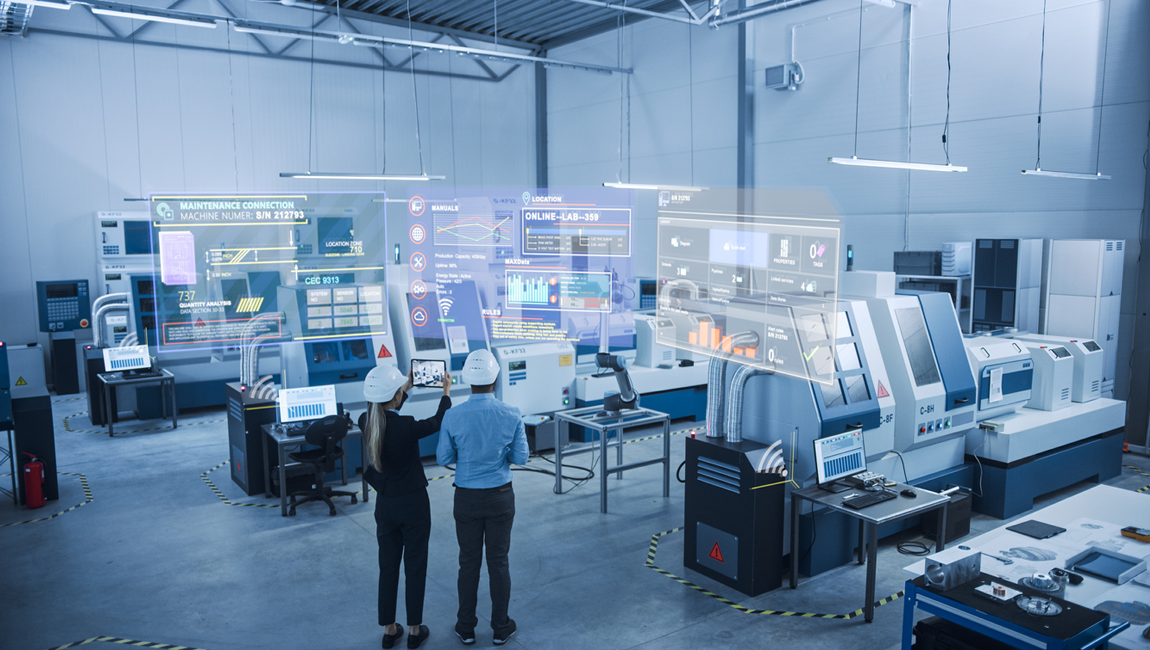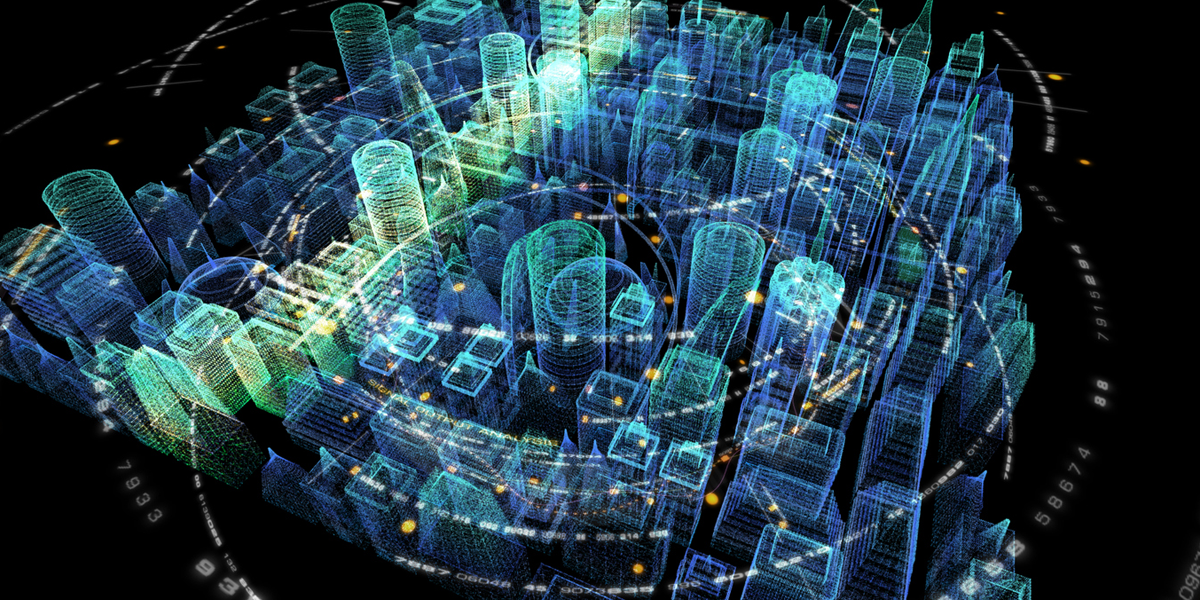What is Digitalization? Meaning and opportunities

In developed societies in 2021, a large portion of our work and daily lives are carried out online or in the digital sphere. For us to reach this point, a substantial amount of digitalization had to occur—and some elements of this digital transformation are still underway. In addition to preexisting factors, new ways of working and living brought on by the effects of the Covid-19 pandemic have ensured that our on- and offline lives will be ever-evolving. But what is the exact meaning of digitalization? How can digitalization be used to change business models and create new opportunities?
Definition of digitalization
First, it is useful to distinguish between digitization and digitalization. The former is, simply put, the process of converting data into a digital format. It’s the first, foundational step in the so-called digital transformation pyramid. Digitization involves creating a digital representation of objects or information and it has been underway since at least the 1960s.
Digitalization is a bit more complex. Digitalization uses digital technologies and digitized information and data, leveraging its power. Uses include building or generating revenue, improving and streamlining processes and efficiency, and fostering businesses where digital information is at the center of everything. At its best, it enhances productivity while cutting down on costs and overhead. As Dr. Mark Sen Gupta of the ARC Advisory Group described it, digitization takes a process from a “human-driven event to a software-driven one.”

How does digitalization create new opportunities?
The final sentence of the last paragraph raises some important questions.
Can digitalization be useful and generative if it potentially takes away opportunities for human labor by replacing them with digital alternatives?
It’s important to look beyond the surface to see how digitalization can actually enhance human labor and facilitate new opportunities. One example is data generated by Internet-connected devices. When analyzed properly and put to good use, this type of data can help institutions or whole industries identify new revenue streams, work more efficiently, and improve their overall processes, benefitting everyone involved.
For example, “an error in a transmitter [might generate] a work order in the ERP maintenance system for a maintenance tech, writes Dr. Gupta. In another example, one major tractor manufacturer uses the data it collects digitally to advise farmers, which in turn helps them maximize their crop yield. Digitally-generated and collected data can be used to streamline and expedite reporting processes, which can help boost efficiency and minimize risk on future projects.
Moving from digitalization to digital transformation, the “peak” of the so-called digital transformation pyramid, is key. If digitalization is the leveraging of the processes and information themselves, digital transformation is the sustained implementation of new business practices enabled by digitalization.




